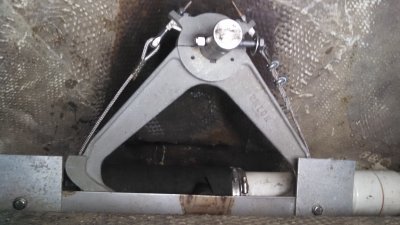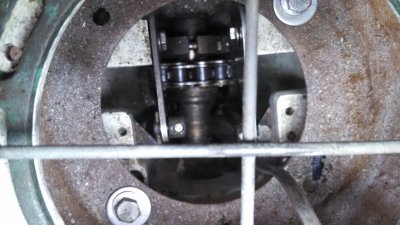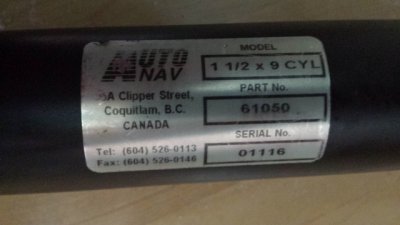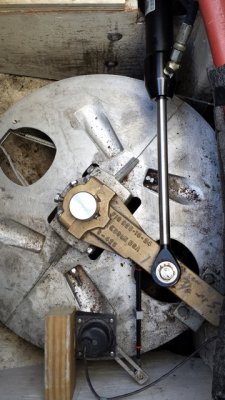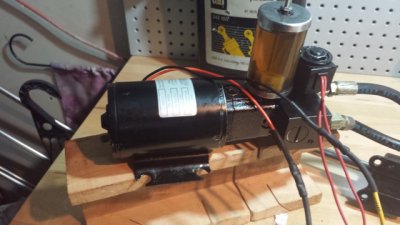Gil Entzminger
New Member
Hello all,
I am relatively new to this forum, so I apologize if I am covering old topics. I have read through past posts on auto pilot systems, and I would like to get any updated input or specific input for my new to me Morgan 382. I have posted a couple of photos of my steering system. I have an Orion quandrant and an Edson pedestal. The Edson pedestal has a chain drive with sprockets attached to cables. The wheel is very easy to turn, but the rudder post is very hard to turn with the emergency tiller. I have been discussing my project with a 40 year veteran of the navy and avid sailor. His opinion is that a wheel steering systems such as the Raymarine EV-100 would be the best option since the wheel is easy to turn. That system is not rated for vessels at 17,000 lbs. (empty). A previous post indicated that a Simrad HDL350 linear drive system with a rudder post bolt on mini tiller arm from Edson would be a good choice. That system makes a lot of sense to me as is rated for 20,000 lbs. and 700+ pounds of force. My senior advisor on the project is concerned that the force required for the emergency tiller is so large compared to the force required to move the wheel, that the direct linear drive may not be strong enough, or may wear out quickly. Any comments or advise would be greatly appreciated. FYI, there are no other instruments currently on the boat, and I will be installing all new.
I am relatively new to this forum, so I apologize if I am covering old topics. I have read through past posts on auto pilot systems, and I would like to get any updated input or specific input for my new to me Morgan 382. I have posted a couple of photos of my steering system. I have an Orion quandrant and an Edson pedestal. The Edson pedestal has a chain drive with sprockets attached to cables. The wheel is very easy to turn, but the rudder post is very hard to turn with the emergency tiller. I have been discussing my project with a 40 year veteran of the navy and avid sailor. His opinion is that a wheel steering systems such as the Raymarine EV-100 would be the best option since the wheel is easy to turn. That system is not rated for vessels at 17,000 lbs. (empty). A previous post indicated that a Simrad HDL350 linear drive system with a rudder post bolt on mini tiller arm from Edson would be a good choice. That system makes a lot of sense to me as is rated for 20,000 lbs. and 700+ pounds of force. My senior advisor on the project is concerned that the force required for the emergency tiller is so large compared to the force required to move the wheel, that the direct linear drive may not be strong enough, or may wear out quickly. Any comments or advise would be greatly appreciated. FYI, there are no other instruments currently on the boat, and I will be installing all new.


